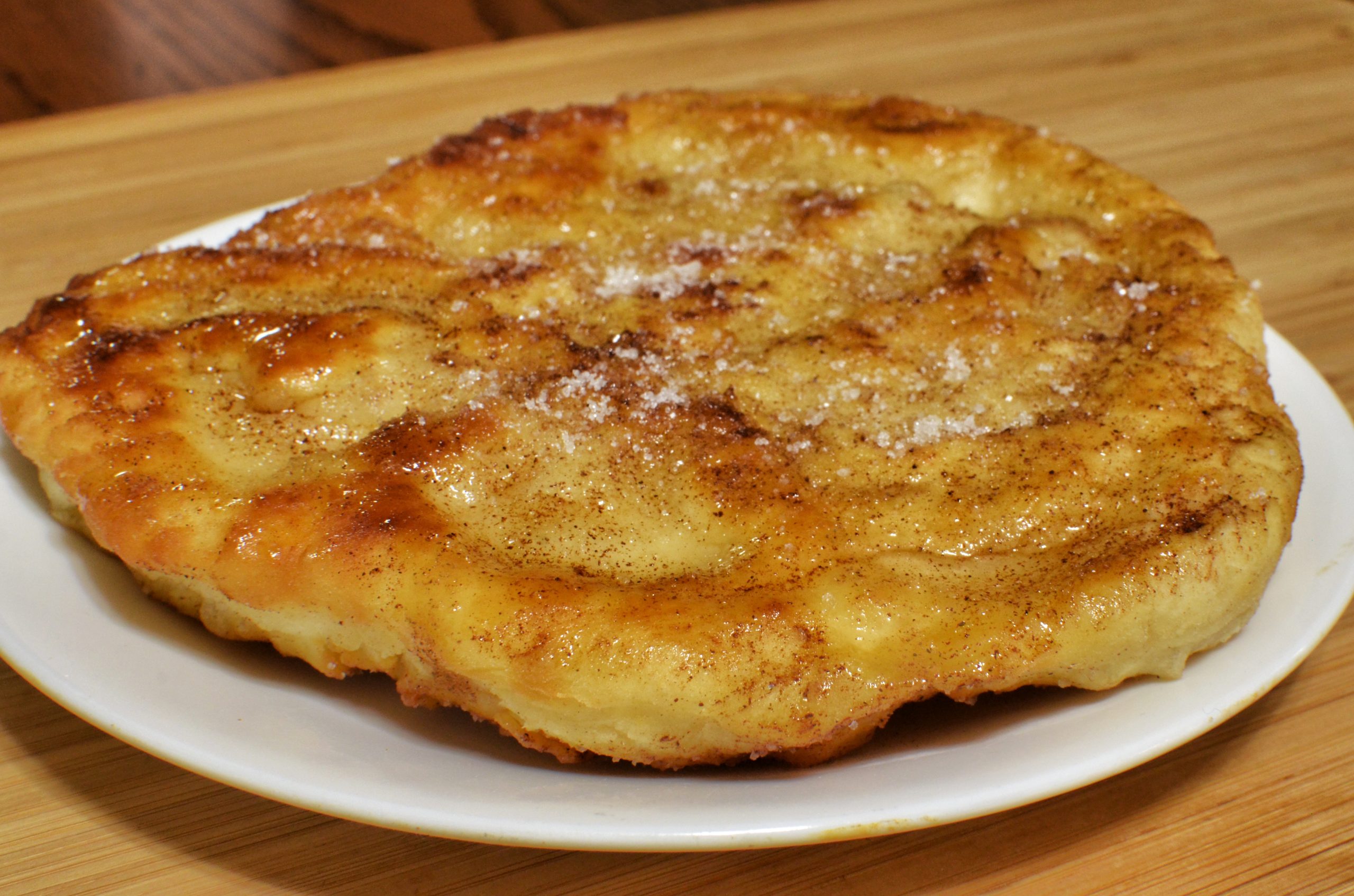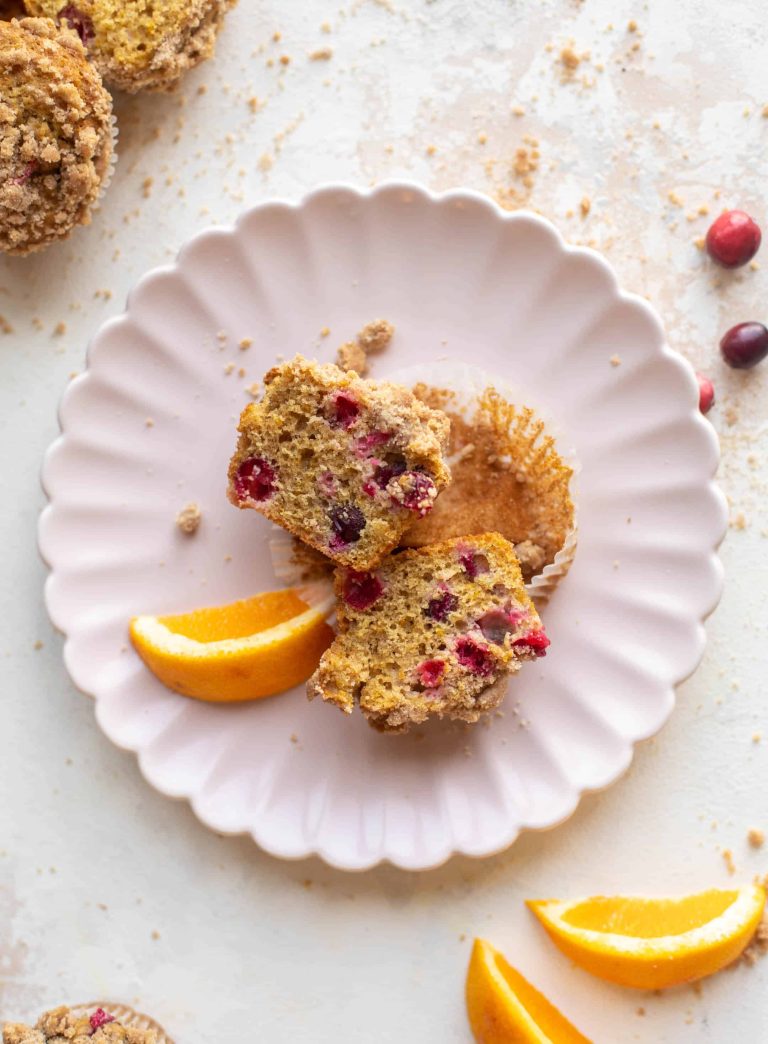Bannock: Exploring its Origins, Cultural Significance, and Modern Adaptations
Bannock traces its roots back to Indigenous cultures in North America. Indigenous peoples have made this versatile bread for centuries, utilizing locally sourced ingredients and traditional cooking methods. Scottish settlers introduced a version of bannock that influenced the contemporary recipes. Today, bannock holds cultural significance within many Indigenous communities, often linked to communal gatherings and traditions.
Key Ingredients and Variations
Bannock includes simple, accessible ingredients like flour, water, and fat. Some recipes incorporate baking powder as a leavening agent. While traditional bannock uses animal fat, modern versions may use vegetable oil or butter.
There are various regional and cultural variations of bannock:
- Sweet Bannock: Includes ingredients like sugar, berries, or honey.
- Savory Bannock: Often features herbs, spices, or cheese.
- Fried Bannock: Cooked in a pan with oil, resulting in a crispy texture.
- Baked Bannock: Prepared in an oven, offering a lighter texture.
Each variation provides unique flavors and textures, catering to diverse culinary preferences.
How to Make Bannock
Traditional Cooking Methods
Indigenous peoples originally cooked bannock using simple techniques. You mix basic ingredients like flour, water, and fat into a dough. For cooking, they often used open fires or hot stones. Place the dough directly on heated rocks or wrap it around a stick, then bake over an open flame until golden brown. This method gives bannock a rustic texture.
Modern Adaptations and Recipes
Modern bannock recipes cater to contemporary kitchens. Use an oven or stovetop to simplify cooking. Preheat your oven to 350°F (175°C). Mix 2 cups of flour, 1 tablespoon of baking powder, and a pinch of salt. Add 1/4 cup of melted butter and 1 cup of water or milk to form a dough. Shape into a flat round or divide into small pieces. Bake on a greased baking sheet for 25-30 minutes until golden brown.
For stovetop cooking, heat a skillet over medium heat. Grease the skillet with butter or oil. Place flattened dough pieces in the skillet, cooking each side for 3-4 minutes until golden. Modern adaptations include sweet and savory varieties. Add sugar or honey for sweetness, or herbs and cheese for savory options.
Nutritional Information of Bannock
Health Benefits
Bannock offers several health benefits when prepared using whole-grain flours. Whole grains provide essential nutrients like fiber, B-vitamins, and minerals such as iron and magnesium. Fiber aids digestion, promoting a healthy gut by preventing constipation. B-vitamins are vital for energy production and brain function. Iron supports oxygen transport, while magnesium benefits muscle and nerve function.
Homemade bannock using natural ingredients avoids the preservatives and additives found in many commercial bread products. By controlling the ingredients, you can reduce sugar and salt content, making bannock a healthier option for those watching their sodium and sugar intake. Options like adding seeds or nuts can further enhance the nutritional value, providing healthy fats and protein.
Considerations and Dietary Adaptations
While bannock can be nutritious, it’s essential to consider calorie content, especially for those monitoring their weight. Traditional bannock recipes using refined flour and fats can be calorie-dense. Swapping refined flour for whole-grain alternatives and using healthier fats like olive oil can make a significant difference.
For gluten-intolerant individuals, gluten-free flours such as rice flour or almond flour allow you to enjoy bannock without adverse effects. Those with dairy allergies can replace milk or cheese in savory bannock recipes with plant-based alternatives.
Adding ingredients such as fresh vegetables, herbs, or spices can enhance both flavor and nutritional content. For example, adding spinach increases vitamin A and C intake, while incorporating garlic offers anti-inflammatory benefits.
By adapting the recipes carefully, you can enjoy bannock’s cultural and nutritional benefits while meeting your dietary needs.
Bannock in Different Cultures
Bannock in Canadian Indigenous Communities
In Canadian Indigenous communities, bannock holds immense cultural importance. It’s not just a type of bread but a symbol of tradition and community. Indigenous peoples, such as the Cree and Métis, have long used bannock as a staple food. This bread’s simplicity and adaptability make it an integral part of community gatherings and ceremonies.
Traditionally, Indigenous bannock is cooked over an open fire or on a stovetop. The basic ingredients of flour, water, and fat remain consistent, but recipes can vary by region. Some communities incorporate locally sourced ingredients like wild berries or nuts, adding a unique, local flavor.
Bannock is often prepared during special occasions like powwows, weddings, and feasts. It’s also used in cultural teachings to connect younger generations with their heritage. Educational programs sometimes include bannock-making sessions to teach cultural history and culinary skills simultaneously.
Bannock Around the World
Bannock’s influence extends beyond North America, finding a place in various cultures worldwide. Scottish settlers introduced a version of bannock to North America, which diverged into the Indigenous styles seen today. In Scotland, bannock is often baked as a flat, round bread, sometimes made with oats and baked on a griddle.
In other cultures, bannock-like bread appears with unique adaptations. In South Africa, for instance, you’ll find “vetkoek,” a fried dough similar in texture and preparation methods. Australia’s “damper” is another close relative, traditionally cooked over campfires by swagmen and drovers.
These international variations highlight bannock’s versatility and universal appeal. They illustrate how simple ingredients can cross cultural boundaries and evolve to fit local tastes and customs. Each version carries its historical context, enriching the global tapestry of bread-making traditions.
Conclusion
Bannock is more than just bread. It’s a symbol of cultural identity and tradition, deeply rooted in Indigenous communities and enriched by global influences. Whether you’re enjoying a sweet or savory version, you’re partaking in a tradition that spans continents and generations. Embrace the versatility of bannock in your kitchen and celebrate its rich history and nutritional benefits. By doing so, you honor the diverse cultures that have shaped this remarkable bread.






